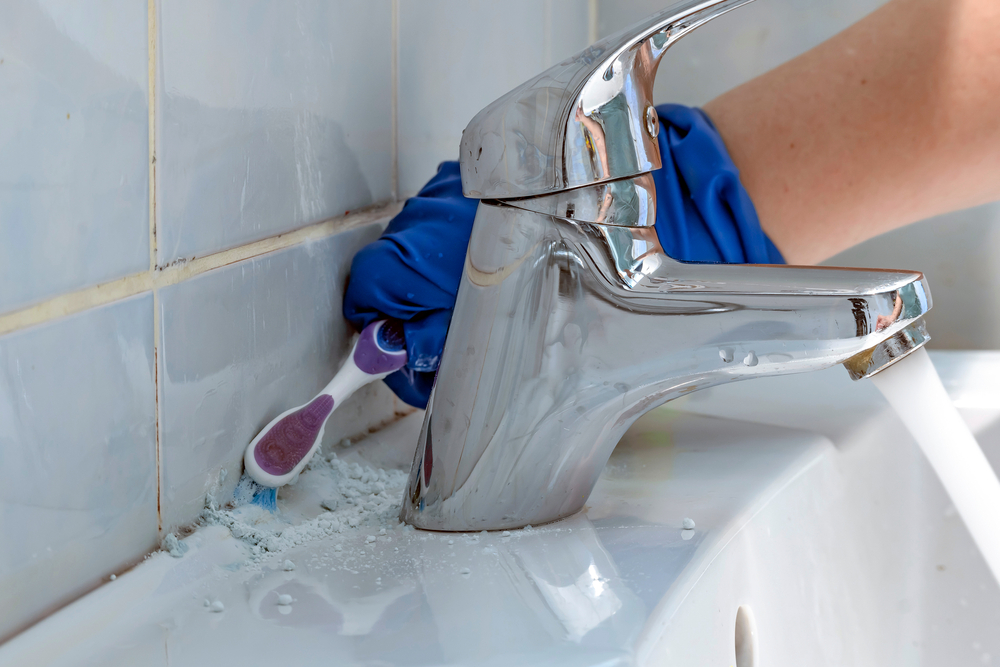
5. The sink
The bathroom sink is among the dirtiest places in your bathroom because it serves as a repository for viruses and bacteria. This is where all the dirty water from toothbrushing, handwashing, face-washing, and bathing congregates. In fact, the surfaces around the drain are most likely to remain dirty.
According to cleaning experts, the high traffic that sinks experience can lead to several unhygienic consequences. They explain that water tends to linger in the sink’s drain trap, producing a conductive environment for the growth of bacteria, mildew, and mold. Over time, this can lead to unsightly buildup and unpleasant odors.
Moreover, soap and toothpaste are often washed down the sink, leaving behind residues that can cling to the walls of the drain pipes, becoming a breeding ground for harmful microorganisms.
The result? Without regular cleaning and sanitizing, the sink turns into one of the dirtiest places in your bathroom.
Experts point out that sink drains aren’t easily accessible for regular cleaning, so most people don’t clean the drain area as often as they should. This eventually contributes to the buildup of germs and grime.
To avoid this from occurring, make sure you clean the sink drain at least once a month with a drain cleaning solution or a mix of vinegar and baking soda. This will help prevent the buildup of residue and bad smells.
For a diligent clean, remove the drain stopper and clean it separately. Scrub the stopper and the drain opening thoroughly. To prevent hair from clogging the pipes, install a hair catcher, and remember to clean it regularly as well to make sure it functions correctly.

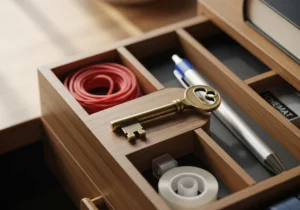

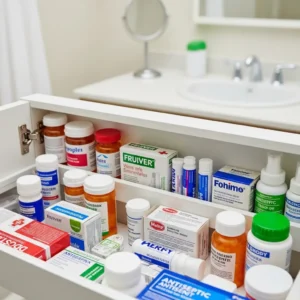
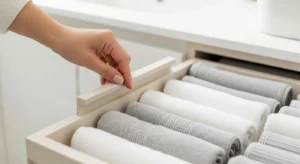
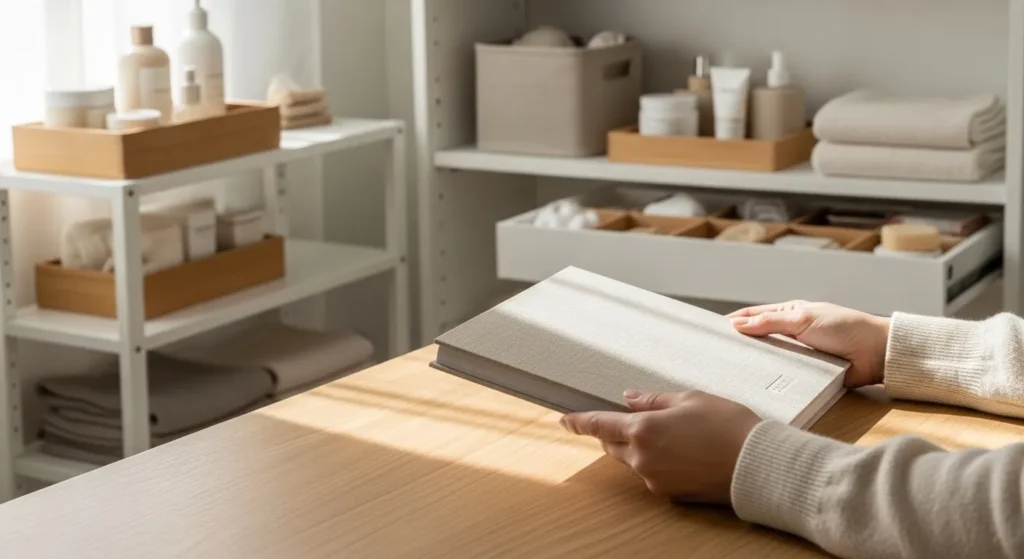
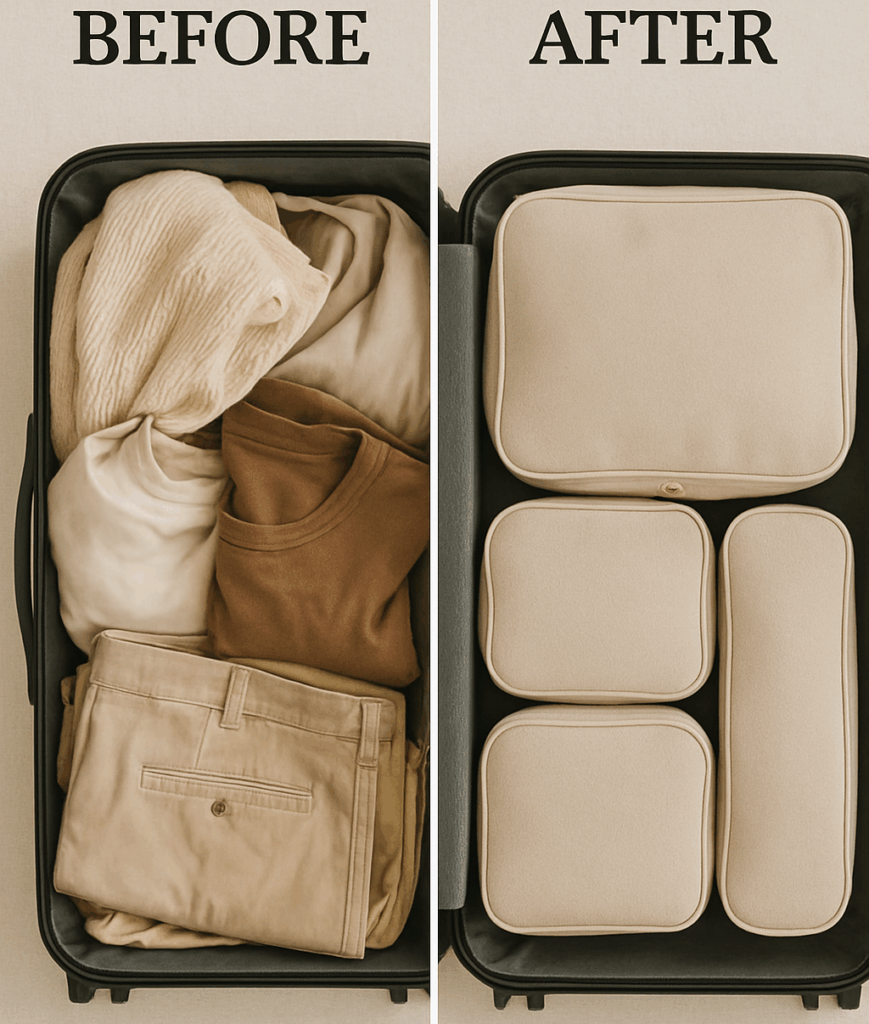

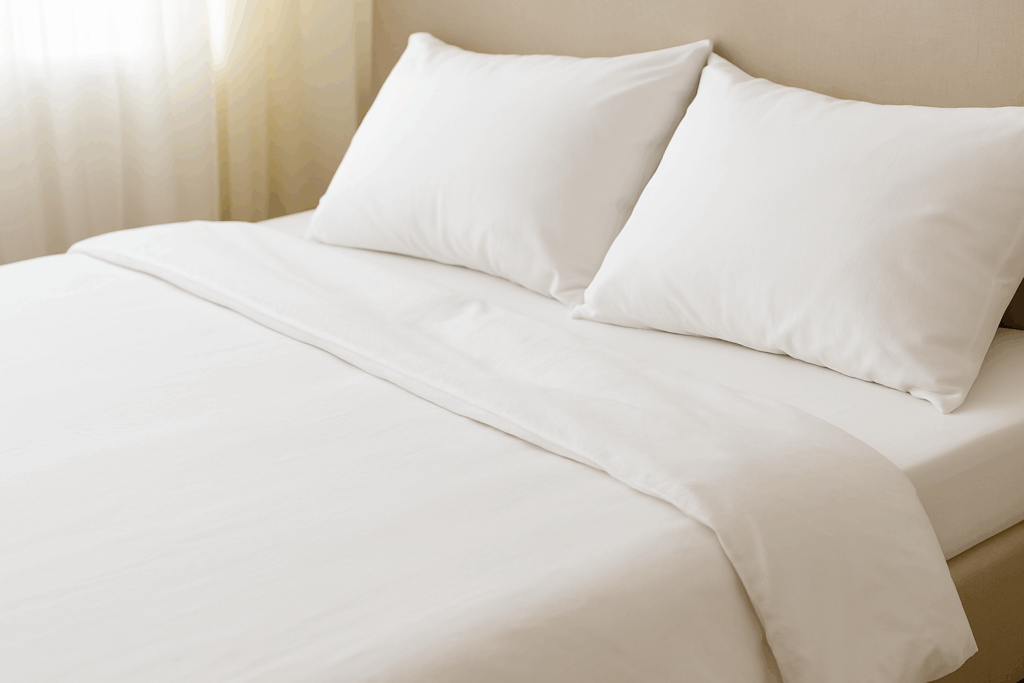
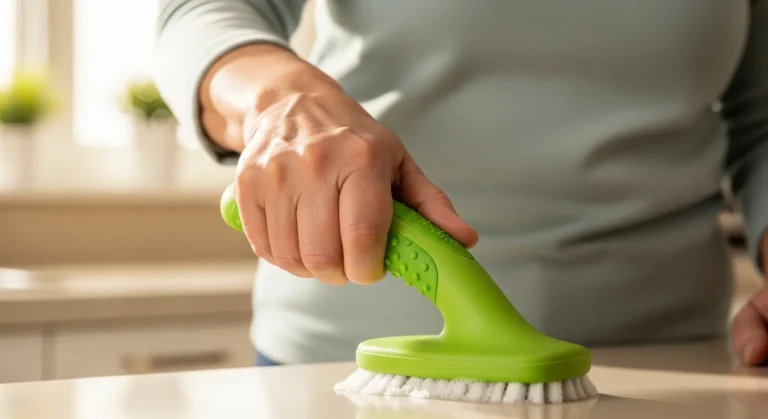
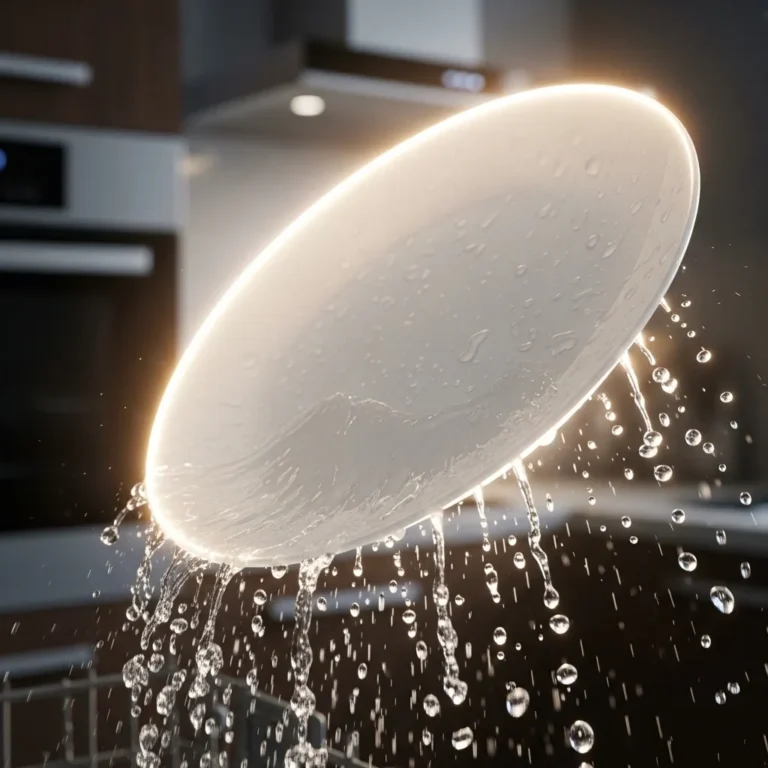
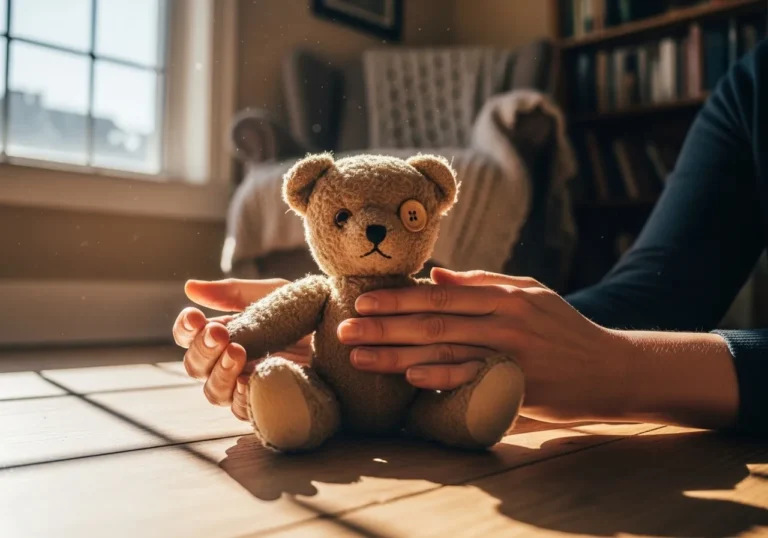
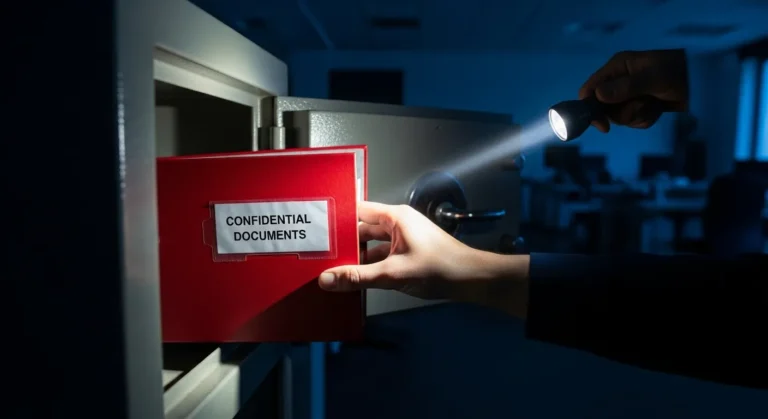
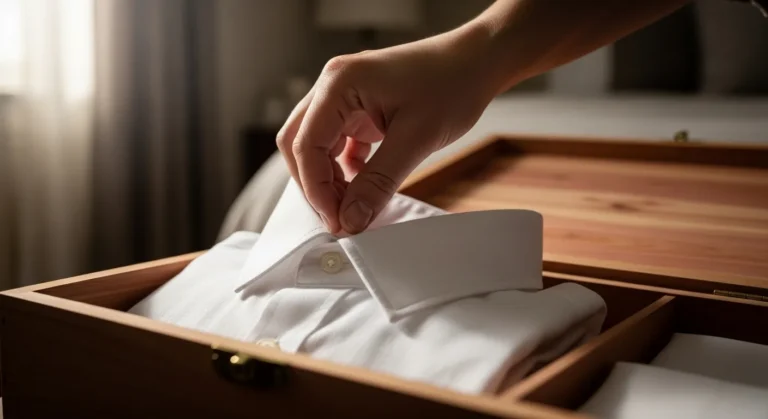
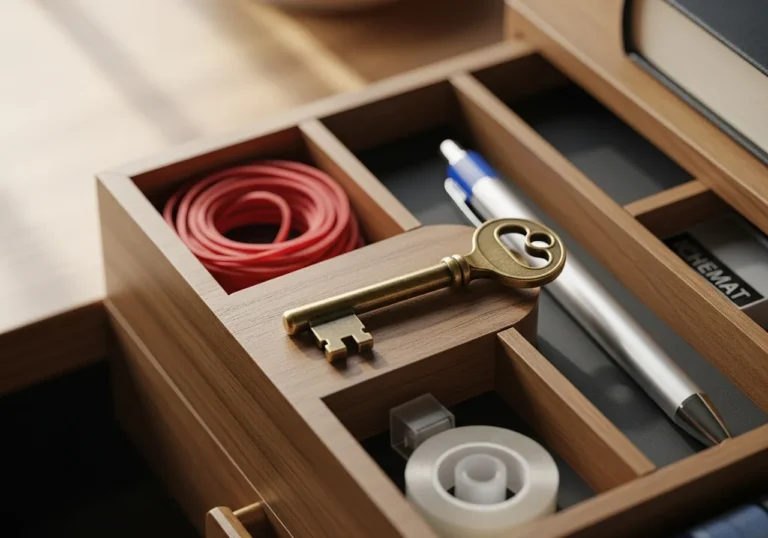
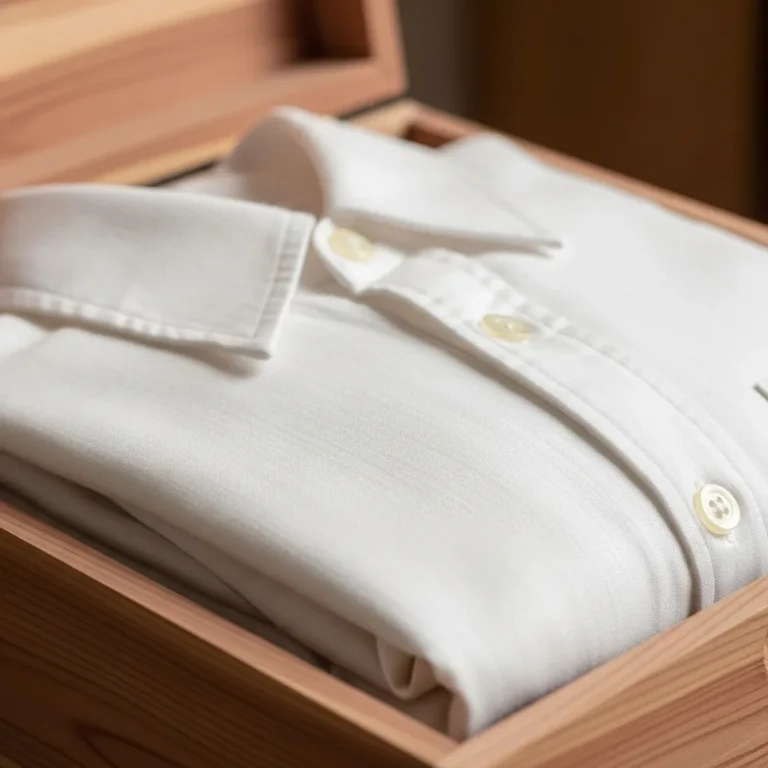
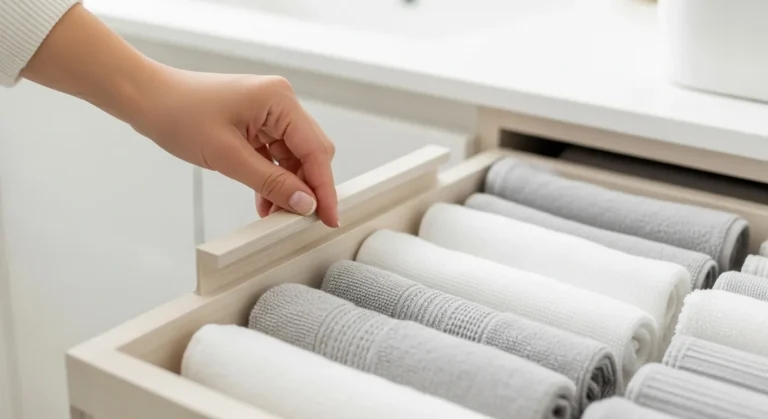
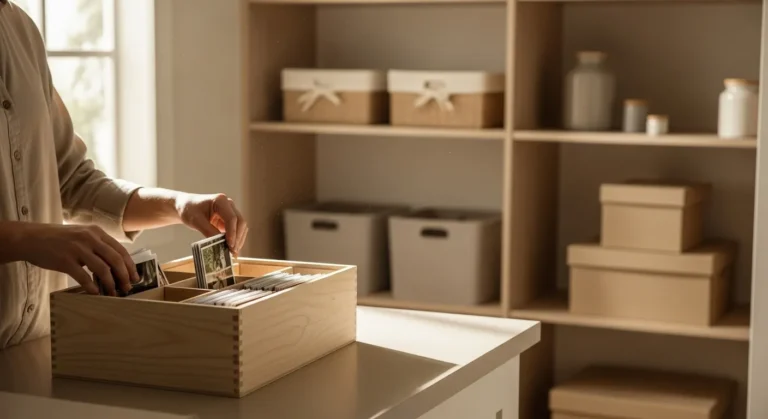
9 Responses
I would say the handle of the commode flush and the doorknobs on the door and linen closet door.
This article was great but you forgot about the soap dispenser. After you use the toilet you then touch the soap dispenser to get soap to wash your hands. The germs that build up on that! Yuck! That needs a regular cleaning.
Great & thorough information on the Bathroom
Cleaning and disinfection.
Wonderful recommendations.
Thank you
Try putting ONE article on a page. You can’t even find where it ends. You have so many articles on here I can’t read the actual article. Terrible setup
What are the Issues in the Bathroom …. ?
The dirtiest spot is probably the bathroom sink. If you have teenagers….then who knows! Just put on a hazmat suit and carry Lysol spray in one hand and bleach in the other hand! I know it’s dangerous to mix chemicals, but so is sharing a bathroom with a teenager!
Excellent advice!
Thank you so very much for your input on a very clean and odor free home. Since covid I think every household is concern about the bacterial that is accumulating in places we don’t think of. I will pay special attention to the recommendation you express.
thank you for the report on a complete germ free bathroon and best way to remember when cleaning bath room is cleaning to remove germs because a germ free bath room is a healthy clean bathroom